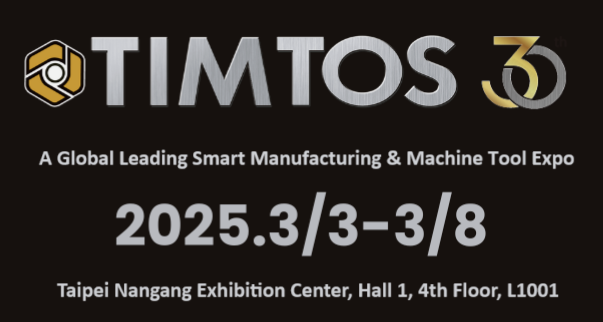NEWS
at THE XI`AN INTERNATIONAL MACHINE TOOL EXHIBITION
Date: Jun 5 ~ 8, 2025.
Booth: 4B28
Venue: Xi'an International Exhibition and Convention Center
at THE Xiamen Industry Exposition. (XMIE)
Date: May 9 ~ May 12, 2025.
Booth: 1170
Venue: Xiamen International Conference and Exhibition Center
What Is a Lathe?
A lathe is a precision machining tool designed to shape materials — primarily metal — by rotating the workpiece while a cutting tool removes excess material.
It is the foundation of modern manufacturing, widely used to produce rotational parts such as shafts, bushings, discs, and threaded components.By combining turning, drilling, tapping, and even milling functions, lathes play a critical role across various industries, including automotive, aerospace, mold making, energy, automation systems, and electronics.
Types of Lathes for Different Needs:
- Slant Bed CNC Lathes
Designed for high rigidity, efficient chip removal, and precision. Ideal for continuous production with high speed and stability. - Vertical CNC Lathes
Built to handle large, heavy workpieces — especially disc-type parts. Vertical structure offers better clamping efficiency and cutting stability. - Mill-Turn (Live Tooling) Lathes
Combines turning and milling in one machine. Allows multiple processes in a single setup, improving accuracy and reducing cycle time — perfect for complex parts. - Compact Vertical Lathes / Automation-Ready Models
Space-saving machines designed for high-volume, small-part production. Well-suited for automated lines and electronic components.
Why Choose a Lathe?
- High Precision & Repeatability:
Micron-level accuracy ensures consistent part quality. - Excellent Productivity:
Combined with CNC control and automation, lathes can run unattended for extended periods. - Versatile Applications:
Handles various materials and shapes — from steel to aluminum to plastics. - Stable Structure, Easy Maintenance:
Rigid design and modular components ensure long-term reliability and serviceability.
The ECOM Philosophy
At ECOM, we don’t just build machines — we deliver precision, stability, and long-term value.
Every lathe we design reflects our commitment to quality, performance, and helping manufacturers meet the challenges of modern production.
ECOM — Turning Technology into Trust.
at 2025 Taipei International Machine Tool Show.
Date: 3-8 of March, 2025.
Booth: L1001 (Taipei Nangang Exhibition Center, Hall 1, 4th floor)





